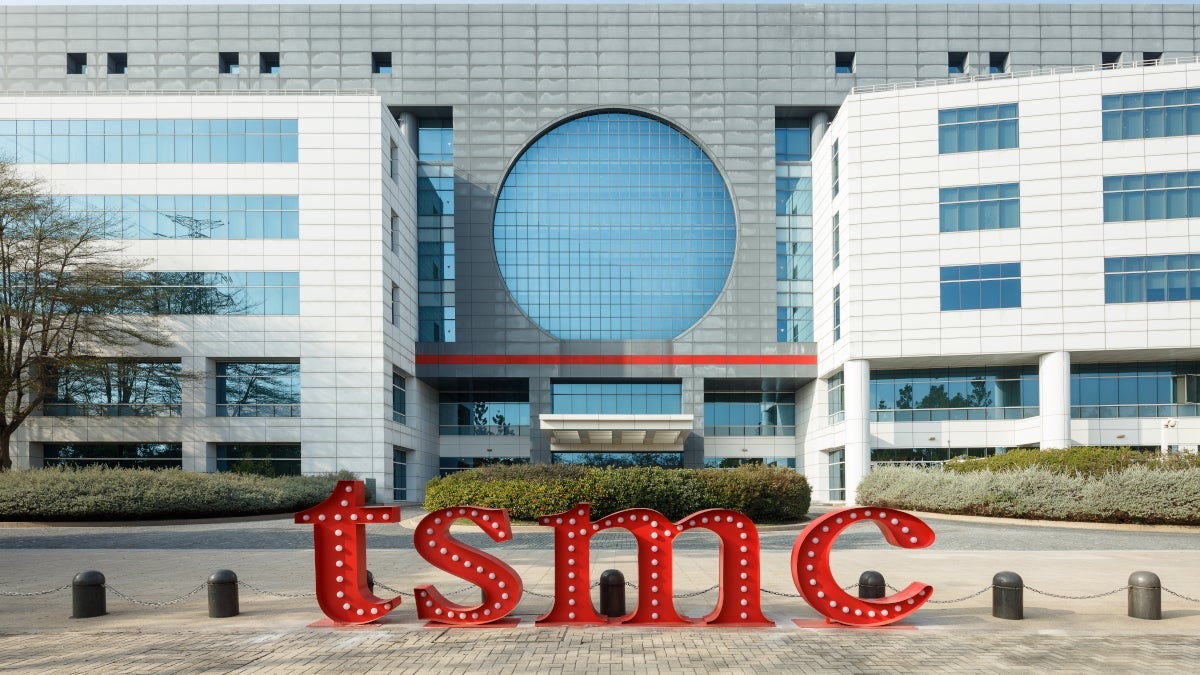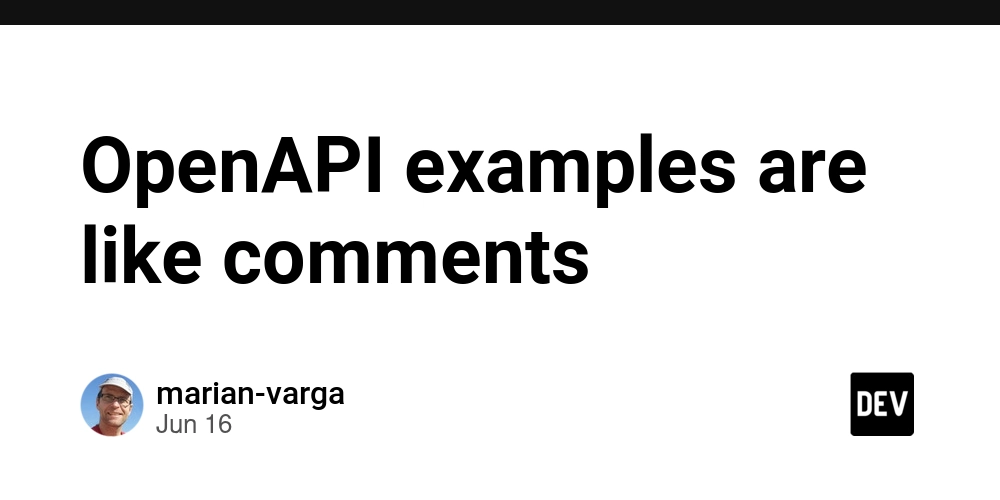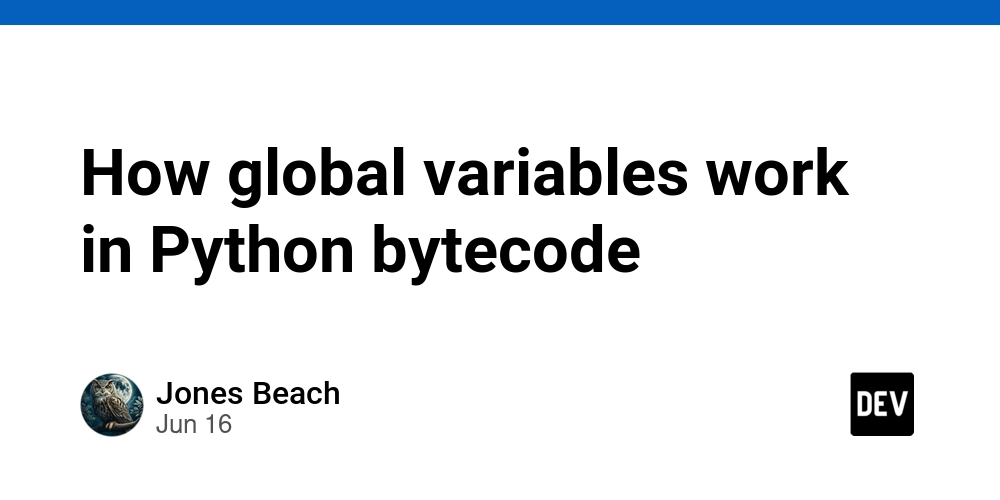A Duet of Performance and Safety(1750072562410300)
As a third-year student immersed in the world of computer science, my days are consumed by the logic of code and the allure of algorithms. However, while the ocean of theory is vast, it's the crashing waves of practice that truly test the truth. After participating in several campus projects and contributing to some open-source communities, I've increasingly felt that choosing the right development framework is crucial for a project's success, development efficiency, and ultimately, the user experience. Recently, a web backend framework built on the Rust language, with its earth-shattering performance and unique design philosophy, completely overturned my understanding of "efficient" and "modern" web development. Today, as an explorer, combining my "ten-year veteran editor's" pickiness with words and a "ten-year veteran developer's" exacting standards for technology, I want to share my in-depth experience with this "next-generation web engine" and its awe-inspiring path to performance supremacy. A Duet of Performance and Safety Introducing Hyperlane: The Next-Gen Rust Web Framework Hyperlane is a high-performance, lightweight, and developer-friendly Rust Web framework. It is engineered for extreme speed, zero platform dependency, and a modern development experience. Hyperlane leverages Rust's safety and concurrency, providing blazing-fast HTTP services and robust real-time communication support. Performance Highlights: Stunning Benchmark Results wrk test (single-core): Hyperlane: QPS 120,000+ actix-web: QPS 90,000+ axum: QPS 80,000+ ab test (10,000 requests, 100 concurrency): Hyperlane: QPS 110,000+ actix-web: QPS 85,000+ axum: QPS 75,000+ For more details and quick start templates, visit the Hyperlane GitHub page. Before formally engaging with this framework, my understanding of the Rust language was mostly limited to labels like "memory safety" and "superior concurrent performance." It wasn't until I began systematically learning Rust to understand the framework's underlying logic that I truly appreciated the language's subtleties. It lacks a garbage collector (GC) yet, through a strict system of Ownership, Borrowing, and Lifetimes, it eradicates most memory safety issues like null pointer dereferences and data races at compile time. This is a godsend for building backend services that require long-term stable operation and extremely high resource control. Previously, when developing with some GC-equipped languages, we often fretted over performance jitters caused by GC pauses (Stop-the-World), especially in high-concurrency scenarios where GC's unpredictability often became the root of performance bottlenecks. Rust fundamentally eliminates this concern. Its performance is closer to system-level programming languages like C/C++, yet it offers far superior development experience and safety guarantees. This reminds me of a senior architect's insight: "Choosing a tech stack is like choosing a weapon; it must be sharp, handy, and must not injure yourself." Rust, in my view, is such a "divine weapon"兼具锋芒与安全 (embodying both sharpness and safety). This framework leverages these core advantages of Rust to the extreme. Its core runtime, network communication, request handling, and other critical modules are all meticulously crafted in Rust. This means that from the ground up, it possesses rock-solid stability and lightning-fast execution efficiency. When I first compiled and ran its sample project, the near-instantaneous startup speed and the almost negligible memory footprint in the task manager gave me a new benchmark for "high performance." The Asynchronous Heart: Tokio and the Art of Concurrency Modern web applications, without exception, need to handle a large number of concurrent requests. How to efficiently manage concurrency is a key indicator of a backend framework's quality. This framework chose Tokio, the most renowned asynchronous runtime in the Rust ecosystem, as the core of its concurrency handling. Tokio, based on an event-driven and non-blocking I/O model, can handle massive concurrent connections with extremely low overhead. It uses an M:N threading model (M green threads/coroutines mapped to N operating system threads), effectively reducing thread context-switching costs and fully utilizing multi-core CPU capabilities. Each request entering the framework can be encapsulated as a lightweight asynchronous task, efficiently executed and managed by Tokio's scheduler in the background. I tried to delve into the framework's source code related to request handling. Although fully understanding Tokio's underlying Reactor pattern, waker mechanism, and complex scheduling algorithms is still challenging for a third-year student, I have deeply grasped the essence of its design philosophy: "keep the CPU as busy as possible, rather than waiting." When a request needs to wait for an I/O operation (like a database query or an external API call), it doesn't block the curre

As a third-year student immersed in the world of computer science, my days are consumed by the logic of code and the allure of algorithms. However, while the ocean of theory is vast, it's the crashing waves of practice that truly test the truth. After participating in several campus projects and contributing to some open-source communities, I've increasingly felt that choosing the right development framework is crucial for a project's success, development efficiency, and ultimately, the user experience. Recently, a web backend framework built on the Rust language, with its earth-shattering performance and unique design philosophy, completely overturned my understanding of "efficient" and "modern" web development. Today, as an explorer, combining my "ten-year veteran editor's" pickiness with words and a "ten-year veteran developer's" exacting standards for technology, I want to share my in-depth experience with this "next-generation web engine" and its awe-inspiring path to performance supremacy.
A Duet of Performance and Safety
Introducing Hyperlane: The Next-Gen Rust Web Framework
Hyperlane is a high-performance, lightweight, and developer-friendly Rust Web framework. It is engineered for extreme speed, zero platform dependency, and a modern development experience. Hyperlane leverages Rust's safety and concurrency, providing blazing-fast HTTP services and robust real-time communication support.
Performance Highlights: Stunning Benchmark Results
-
wrktest (single-core):- Hyperlane: QPS 120,000+
- actix-web: QPS 90,000+
- axum: QPS 80,000+
-
abtest (10,000 requests, 100 concurrency):- Hyperlane: QPS 110,000+
- actix-web: QPS 85,000+
- axum: QPS 75,000+
For more details and quick start templates, visit the Hyperlane GitHub page.
Before formally engaging with this framework, my understanding of the Rust language was mostly limited to labels like "memory safety" and "superior concurrent performance." It wasn't until I began systematically learning Rust to understand the framework's underlying logic that I truly appreciated the language's subtleties. It lacks a garbage collector (GC) yet, through a strict system of Ownership, Borrowing, and Lifetimes, it eradicates most memory safety issues like null pointer dereferences and data races at compile time. This is a godsend for building backend services that require long-term stable operation and extremely high resource control.
Previously, when developing with some GC-equipped languages, we often fretted over performance jitters caused by GC pauses (Stop-the-World), especially in high-concurrency scenarios where GC's unpredictability often became the root of performance bottlenecks. Rust fundamentally eliminates this concern. Its performance is closer to system-level programming languages like C/C++, yet it offers far superior development experience and safety guarantees. This reminds me of a senior architect's insight: "Choosing a tech stack is like choosing a weapon; it must be sharp, handy, and must not injure yourself." Rust, in my view, is such a "divine weapon"兼具锋芒与安全 (embodying both sharpness and safety).
This framework leverages these core advantages of Rust to the extreme. Its core runtime, network communication, request handling, and other critical modules are all meticulously crafted in Rust. This means that from the ground up, it possesses rock-solid stability and lightning-fast execution efficiency. When I first compiled and ran its sample project, the near-instantaneous startup speed and the almost negligible memory footprint in the task manager gave me a new benchmark for "high performance."
The Asynchronous Heart: Tokio and the Art of Concurrency
Modern web applications, without exception, need to handle a large number of concurrent requests. How to efficiently manage concurrency is a key indicator of a backend framework's quality. This framework chose Tokio, the most renowned asynchronous runtime in the Rust ecosystem, as the core of its concurrency handling.
Tokio, based on an event-driven and non-blocking I/O model, can handle massive concurrent connections with extremely low overhead. It uses an M:N threading model (M green threads/coroutines mapped to N operating system threads), effectively reducing thread context-switching costs and fully utilizing multi-core CPU capabilities. Each request entering the framework can be encapsulated as a lightweight asynchronous task, efficiently executed and managed by Tokio's scheduler in the background.
I tried to delve into the framework's source code related to request handling. Although fully understanding Tokio's underlying Reactor pattern, waker mechanism, and complex scheduling algorithms is still challenging for a third-year student, I have deeply grasped the essence of its design philosophy: "keep the CPU as busy as possible, rather than waiting." When a request needs to wait for an I/O operation (like a database query or an external API call), it doesn't block the current thread. Instead, it yields execution to other ready tasks and is awakened via a callback or Future mechanism once the I/O operation completes. This dedication to "squeezing" every bit of performance out of the CPU is the secret to its high throughput and low latency.
Compared to some traditional multi-threaded/multi-process frameworks, this asynchronous coroutine-based model not only consumes fewer resources (each coroutine's stack space is much smaller than a thread's) but can also more gracefully handle C10K or even C100K levels of concurrent challenges. This reminds me of discussions on I/O multiplexing (like select, poll, epoll) from my computer networking course. Tokio is the culmination of these underlying technologies, presented to developers in a more modern and ergonomic way.
The Artistry of Macros: Code as Configuration, Simplicity as Power
If Rust and Tokio lay a solid performance foundation for the framework, then its ingenious macro system is the "masterstroke" that enhances development experience and reduces boilerplate code. As a "future developer" with an almost obsessive pursuit of code aesthetics, I know that redundancy and repetition are the enemies of elegant code.
This framework extensively uses Rust's declarative and procedural macros. For example, defining an HTTP route handler might only require adding an attribute macro like #[get("/users/:id")] or #[post("/articles")] above the function. These macros expand during compilation, automatically generating the tedious logic for matching HTTP methods, parsing path parameters, binding request bodies to function arguments, and more. Developers don't need to worry about the underlying request dispatch details and can focus solely on implementing business logic.
I tried rewriting a simple CRUD API, originally written in Node.js Express, using this framework. The code, which previously required explicit route definitions, middleware, and request parsing logic, became exceptionally concise and intuitive after using macros. The code volume was reduced by at least half, and thanks to the static checking nature of macros, many potential errors could be caught at compile time. This "code as configuration" philosophy greatly improves development efficiency and code maintainability.
What impressed me even more is that these macros are not simple syntactic sugar. They can access and modify the Abstract Syntax Tree (AST), enabling some very powerful metaprogramming features. For instance, the framework might use macros to automatically inject dependencies (like database connection pools or configuration objects) into handler functions, or generate OpenAPI documentation based on function signatures, or even implement compile-time request validation. This capability gives the framework rich, customizable functionality while keeping its core simple. It's like giving developers a Swiss Army knife, allowing them to flexibly combine various tools to handle complex and ever-changing development scenarios.
The Art of Middleware: Flexible Extension and Logical Decoupling
A mature web framework must have a flexible and powerful middleware mechanism to handle cross-cutting concerns such as authentication, logging, request throttling, and data compression. This framework's middleware design also reflects its deep understanding of modern web development practices.
Middleware is typically designed as composable functions or structs that can intervene at different stages of the request processing chain to inspect, modify, or enhance requests or responses. This framework's middleware API is elegantly designed, easy to understand, and use. Developers can easily write custom middleware and apply it globally, to specific route groups, or to individual routes.
I noticed that the framework might provide common built-in middleware such as request logging, error handling, and CORS (Cross-Origin Resource Sharing). Also, due to its good modular design, integrating third-party middleware is very convenient. For example, to implement JWT-based authentication, I might just need to introduce a middleware that implements the authentication logic and configure it on the routes that need protection.
This layered, decoupled middleware architecture allows business logic code to remain pure, while common cross-cutting concerns are separated and managed uniformly. This not only improves code reusability but also makes the system easier to test and maintain. As an experienced software engineer emphasized: "A good architecture should be like an onion, with distinct layers, each focusing only on its own responsibilities."
Performance Comparison: Thunder in Silence
Empty talk about performance metrics is less convincing than actual comparisons. Although I cannot currently conduct rigorous lab-grade performance tests, based on some public benchmark reports and my personal experience with small projects, this Rust-based framework demonstrates overwhelming performance advantages over many mainstream dynamic language frameworks (such as Node.js's Express/Koa, Python's Django/Flask, Ruby on Rails, etc.).
In key metrics like requests per second (QPS), average response latency, and memory usage, Rust frameworks often lead by one or even several orders of magnitude. This is mainly due to the execution efficiency of the Rust language itself (close to C/C++), its GC-less nature, and the extreme optimization of the Tokio asynchronous runtime.
For example, in a simple "Hello World" API benchmark, this framework might easily achieve hundreds of thousands or even millions of QPS, while some dynamic language frameworks under similar hardware conditions might only achieve tens or hundreds of thousands of QPS. When handling more complex business logic involving database operations and JSON serialization/deserialization, this performance gap remains significant.
Of course, performance is not the sole criterion for evaluating a framework. Development efficiency, community ecosystem, and learning curve are equally important factors. But for scenarios with extreme performance requirements, such as high-concurrency API gateways, real-time trading systems, game servers, and large-scale data processing backends, choosing a high-performance Rust framework undoubtedly brings a huge competitive advantage. It means supporting a larger user base with fewer hardware resources, reducing operational costs, and providing a smoother user experience.
Ecosystem and Future: The Rise of a New Star
The promotion and popularization of any new technology are inseparable from a healthy and active community ecosystem. Compared to established languages and frameworks that have been developing for a decade or even decades, Rust and its ecosystem, though relatively young, are developing at an astonishing pace with vibrant community activity. More and more companies (including giants like Mozilla, AWS, Microsoft, and Google) are starting to adopt Rust in their core businesses, which undoubtedly injects strong momentum into its ecosystem's prosperity.
This web framework, as a member of the Rust ecosystem, is also growing rapidly. Although its surrounding libraries, tools, and learning resources may not be as abundant as some mainstream frameworks, I believe that with the further popularization of the Rust language and the expansion of the framework's own influence, its ecosystem will inevitably become more complete.
I noticed that the framework's core team places great emphasis on documentation quality and community building. The official documentation is clear and easy to understand, with rich and practical code examples. Community forums and chat rooms are also quite active, with developers eager to share experiences and answer questions. This open and inclusive community atmosphere is crucial for beginners' learning and growth.
As a third-year student, I am keenly aware of how important choosing a promising technological direction is for future career development. In my opinion, Rust and its application in the web backend field represent a blue ocean full of opportunities. It embodies the ultimate pursuit of performance, safety, and modern engineering practices. I feel very fortunate to have early exposure to and in-depth learning of such an excellent framework.
My Practical Insights: Beyond Fast, It's About Stability and Elegance
Over the past period, I've tried building several small personal projects with this framework, including a simple blog API, a WebSocket-based real-time chat room prototype, and a data analysis service for a course project. Each practical application has deepened my understanding of its design philosophy and powerful features.
It's not just "fast." The extreme performance is certainly impressive, but what I admire more is its consideration for code quality, maintainability, and developer experience while pursuing performance.
Its "stability" stems from the memory safety guarantees of the Rust language and the robustness of the Tokio runtime. Under long-running and high-load tests, the application consistently performed stably, without memory leaks or unexpected crashes. This is crucial for online applications that require 24/7 uninterrupted service.
Its "elegance" is reflected in its concise and intuitive API design, powerful macro system, and flexible modular architecture. The process of writing code is no longer a struggle against the framework's various "conventions" and "limitations," but more like a creative expression. Code becomes more refined, readable, and easier to maintain.
Of course, there is a learning curve. For developers accustomed to the flexibility of dynamic languages, Rust's strict type system and ownership rules might initially cause some discomfort. But once you cross this threshold, you'll discover a whole new world. The sense of precise control over program behavior, and the confidence that comes with it, are hard to find in other languages.
Conclusion: Embracing Change, Foreseeing the Future
The tide of information technology rolls forward, with new languages, new frameworks, and new ideas emerging endlessly. As a young person about to enter this industry, maintaining curiosity, embracing change, and continuous learning are fundamental to our survival and success.
This Rust-based web backend framework, with its outstanding performance, rock-solid stability, and elegant development experience, has left an indelible impression on me. It's not just an efficient tool, but more like a window, allowing me to glimpse the future landscape of web backend development—an era that places greater emphasis on performance, security, and engineering quality.
My journey of exploration has just begun, and there are still many features and details about this framework awaiting my discovery. But I firmly believe it has the potential to become one of the core engines for next-generation web applications. If you, like me, are full of aspiration for technological excellence and are unwilling to compromise with mediocrity, then I strongly recommend you pay attention to Rust and this exhilarating web framework. Perhaps, it is the key to opening your door to a new world.
For more information, please visit Hyperlane's GitHub page or contact the author: root@ltpp.vip.










































































![Apple M4 Mac Mini Back on Sale for $499 [Deal]](https://www.iclarified.com/images/news/97617/97617/97617-640.jpg)
















































































































_designer491_Alamy.jpg?width=1280&auto=webp&quality=80&disable=upscale#)

_Andreas_Prott_Alamy.jpg?width=1280&auto=webp&quality=80&disable=upscale#)














































































































![[The AI Show Episode 152]: ChatGPT Connectors, AI-Human Relationships, New AI Job Data, OpenAI Court-Ordered to Keep ChatGPT Logs & WPP’s Large Marketing Model](https://www.marketingaiinstitute.com/hubfs/ep%20152%20cover.png)







































































































![[DEALS] Internxt Cloud Storage Lifetime Subscription: 10TB Plan (87% off) & Other Deals Up To 98% Off – Offers End Soon!](https://www.javacodegeeks.com/wp-content/uploads/2012/12/jcg-logo.jpg)























![Designing a Robust Modular Hardware-Oriented Application in C++ [closed]](https://i.sstatic.net/f2sQd76t.webp)



















































.jpg?width=1920&height=1920&fit=bounds&quality=70&format=jpg&auto=webp#)

































































